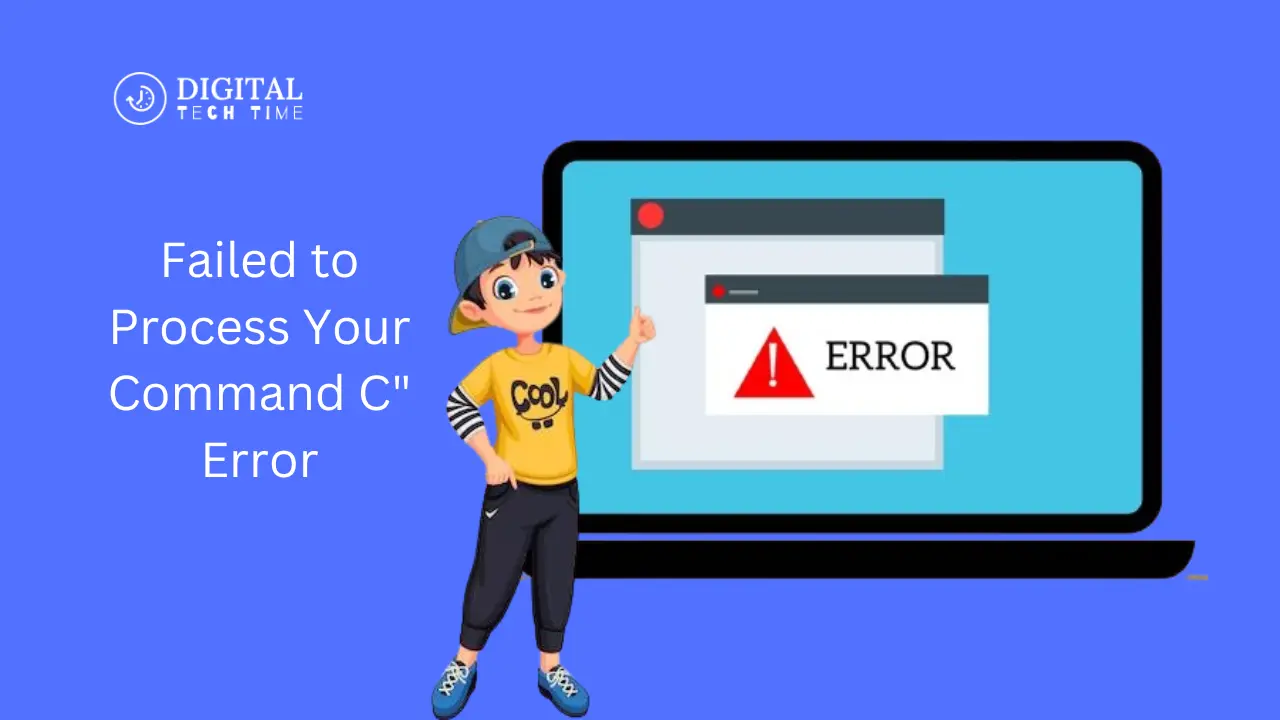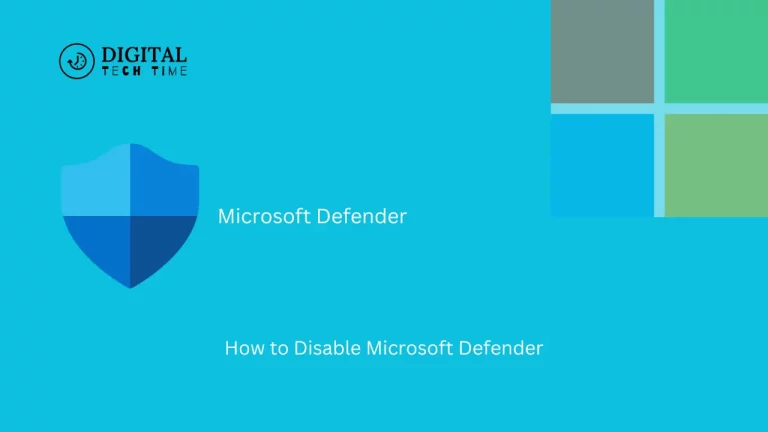Solving the “Failed to Process Your Command C” Error
The “failed to process your command c” error is a common stumbling block encountered by users across various software platforms, particularly in environments where precise commands are executed, such as command-line tools or programming environments. This error can stem from issues, from simple syntax mistakes to deeper system configuration errors. Understanding the nuances of this error and how to troubleshoot it can save time and prevent frustration. This article provides a detailed walkthrough to identify, diagnose, and resolve the “failed to process your command c” error effectively.
Table of Contents
Identifying the Cause of the “Failed to Process Your Command C” Error
Before diving into troubleshooting, it’s essential to understand the typical scenarios where the “failed to process your command c” error appears. Pinpointing the exact moment and environment when the error occurs is crucial for effective resolution.
Common Scenarios Leading to the Error
- Command Line Operations: Incorrect syntax, lack of administrative privileges, or environment path issues.
- Programming IDEs: Compilation errors due to code syntax, libraries, or dependencies.
- Application-Specific Issues: Configurations or application-specific commands fail due to internal errors or misconfigurations.
Also Read: How to Find WiFi Password on Android, iPhone, and PC

Step-by-Step Troubleshooting Techniques
Step 1: Verify Command Syntax and Structure
Check Syntax Accuracy: Ensure that the command syntax matches the documentation for your environment or application.
Consult Documentation: Refer to the official documentation for command usage examples (Command Line Reference).
Step 2: Check User Permissions
Administrative Privileges: Ensure you have the necessary rights to execute the command.
Modify Permissions: If required, modify your system’s permissions or execute as an administrator.
Step 3: Review Dependency and Environment Settings
Dependency Checks: Ensure all the necessary libraries and dependencies are installed.
Environment Path Configuration: Verify that all paths are correctly set in your environment variables.
Step 4: Update or Reinstall the Relevant Software
Update Software: Ensure your software or command line tool is up-to-date.
Reinstall Components: A fresh installation can sometimes resolve hidden configuration or compatibility issues.
Step 5: Use Debugging Tools and Logs
View Logs: Check log files for additional error messages that might give more context.
Debugging Tools: Utilize built-in tools or third-party utilities to trace the command execution process.
Also Read: How to Reset Display Settings on Windows 10
Frequently Asked Questions
Q: What does “failed to process your command c” typically indicate?
A: This error generally indicates a failure in executing a specific command, possibly due to incorrect syntax, permissions issues, or other environmental factors.
Q: How can I prevent the “failed to process your command c” error in the future?
A: Regularly updating your software, verifying commands before execution, and maintaining a clean and organized work environment can minimize occurrences.
Q: Are there any tools specifically helpful for diagnosing this error?
A: Tools like command-line debuggers or integrated development environment (IDE) diagnostic tools can provide insights into command failures.
Q: What should I do if none of the troubleshooting steps resolve the error?
A: Consider seeking help from a professional or the support community for your software. Sometimes, issues might stem from deeper system-level problems or bugs in the software itself.
Conclusion
While frustrating, the “failed to process your command c” error is often resolvable through systematic troubleshooting. By understanding the common causes and meticulously following the troubleshooting steps outlined, users can usually resolve the issue without external help. Remember, the key to effective problem-solving is a systematic approach and utilization of the right resources. For more in-depth guidance, visiting forums like Stack Overflow or official software support pages can provide additional solutions and insights.







